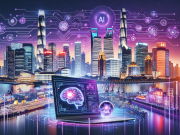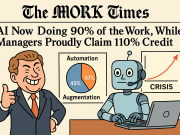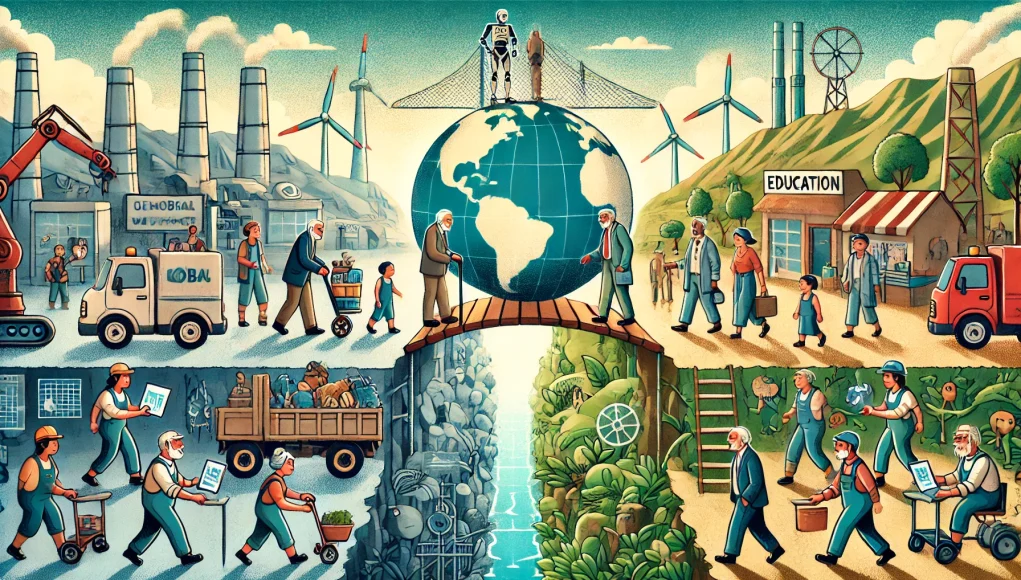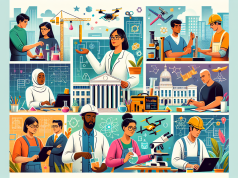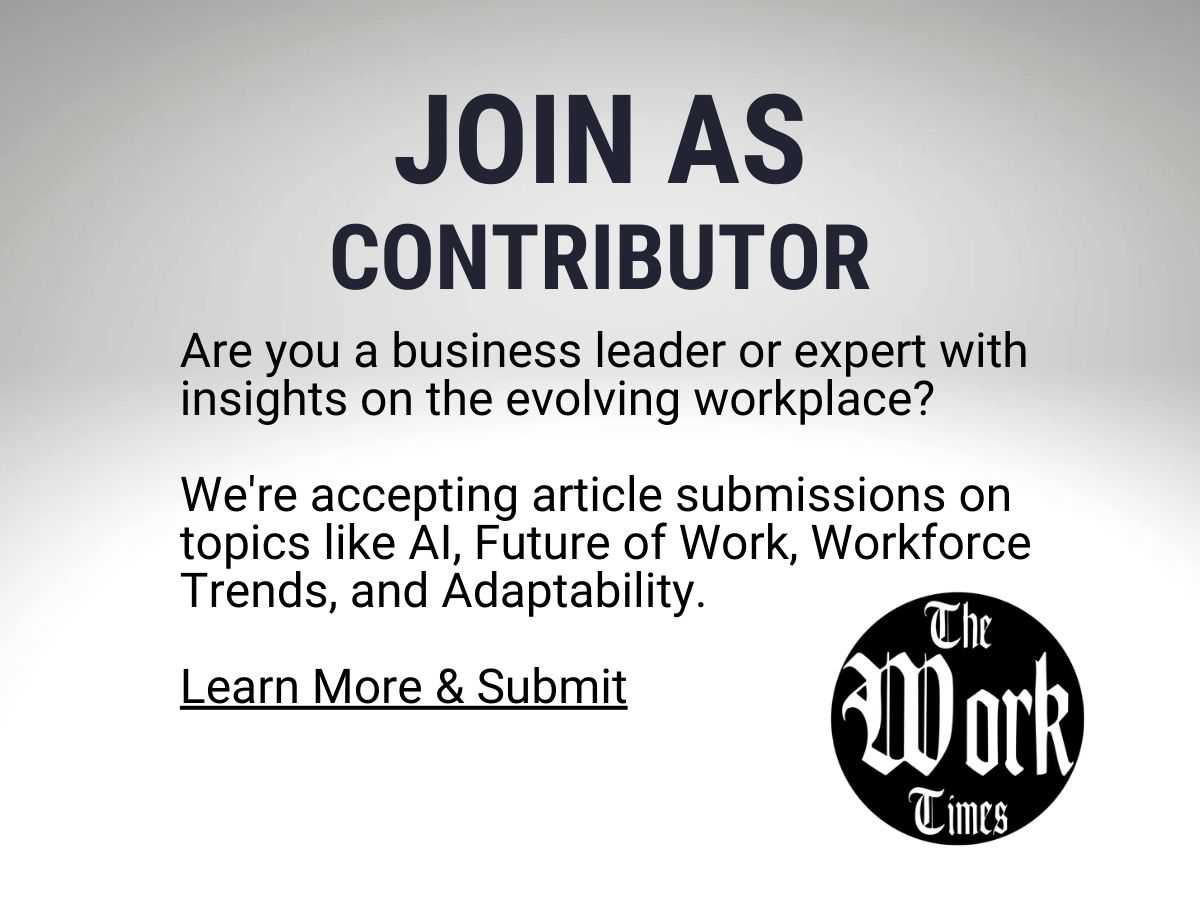The global workforce is at a tipping point. Demographic shifts are fundamentally altering the availability, mobility, and composition of talent across the world. By 2050, 59% of the global working-age population will reside in low-income economies, while high-income countries will grapple with shrinking labor pools due to aging populations.
This demographic divide is not just a statistic; it’s a reality shaping the future of work. It poses unique challenges for organizations, governments, and workers alike. How do we navigate a world where talent is abundant in one region but scarce in another? How do we ensure that demographic opportunities don’t turn into crises?
This isn’t just about numbers—it’s about humanity. Behind every data point is a worker, a family, a community. Understanding these shifts through a nuanced, empathetic lens is critical for building a sustainable and inclusive global workforce.
A Tale of Two Worlds
The demographic story is one of extremes. On one hand, high-income countries like Japan, Germany, and Italy are facing aging populations and declining birth rates. Their dependency ratios—the proportion of non-working to working individuals—are rising, putting immense pressure on social safety nets and economic productivity.
On the other hand, low-income and emerging economies like those in Sub-Saharan Africa and South Asia are experiencing a demographic dividend. These regions have burgeoning young populations entering the workforce, brimming with potential but often constrained by limited job opportunities and inadequate education systems.
This duality creates a paradox: one part of the world has too few workers, while another has too many but lacks the infrastructure to employ them. Bridging this divide is one of the most significant leadership challenges of our time.
Challenges for High-Income Economies
1. Aging Populations and Talent Shortages
By 2050, countries like Japan will have one retiree for every working-age person. This strain on labor markets is already visible in healthcare, manufacturing, and technology sectors, where talent shortages are driving up costs and delaying innovation.
2. Overreliance on Automation
To counteract shrinking labor pools, many high-income nations are turning to automation. While this can offset some shortages, it also creates a risk of over-automation, where the human touch—essential in fields like healthcare and education—is undervalued.
3. Immigration as a Political Flashpoint
Attracting talent from abroad is an obvious solution, but immigration remains a contentious issue in many high-income nations. Public sentiment often clashes with economic necessity, leaving critical industries under-resourced.
Challenges for Emerging Economies
1. Youth Unemployment
With 1.2 billion young people entering the workforce in emerging economies over the next decade, job creation is a monumental task. Current projections suggest a shortfall of 800 million jobs, leaving many young people underemployed or unemployed.
2. Skills Mismatch
Even when jobs are available, they often require skills that workers in these regions lack. The gap between educational systems and market demands is widening, creating a generation of workers who are educated but unemployable in high-demand sectors.
3. Brain Drain
Talented workers from emerging economies often migrate to high-income nations for better opportunities, exacerbating local talent shortages and undermining long-term economic growth.
The Ripple Effects
1. The Rise of Remote Work
Remote work, accelerated by the pandemic, offers a potential solution to the demographic divide. Companies in high-income nations can tap into the talent pools of emerging economies without requiring relocation. However, this model raises questions about wage disparities, cultural integration, and long-term sustainability.
2. Women as an Untapped Workforce
Globally, women remain underrepresented in the workforce. Closing this gap could be a game-changer, especially in aging economies where increasing female participation could offset declining labor availability.
3. Regional Ecosystems Over Globalization
As global supply chains face increasing disruptions, there’s a shift toward regional talent ecosystems. High-income nations may focus on partnering with nearby countries for talent, creating new dynamics in cross-border labor mobility.
The Leadership Imperative
Demographic shifts are more than a logistical challenge—they are a test of leadership, vision, and adaptability. Here’s how leaders can respond:
1. Invest in Global Skills Development
High-income nations should invest in education and training programs in emerging economies. These investments not only create a skilled global workforce but also foster goodwill and economic stability in critical regions.
2. Build Ethical Talent Pipelines
Leaders must create talent acquisition models that are fair and sustainable. For instance, recruiting healthcare workers from developing nations should be balanced with investments in their local healthcare systems to avoid creating critical shortages.
3. Rethink Immigration Policy
Immigration needs to be reframed as an economic necessity rather than a social burden. Clear, transparent policies that emphasize mutual benefits can help balance public sentiment with market needs.
4. Leverage Technology Wisely
While automation and AI are essential, they must complement—not replace—human capabilities. Investing in human-machine collaboration can enhance productivity without undermining the value of human workers.
What we should do?
Demographic shifts are reshaping the global talent map in ways we can no longer ignore. For high-income nations, the challenge is to remain competitive despite shrinking labor pools. For emerging economies, the challenge is to turn their demographic dividend into a lasting advantage.
This isn’t just a moment for leaders to act—it’s an opportunity to reimagine the future of work. By investing in people, embracing collaboration, and prioritizing equity, we can turn demographic divides into bridges.
The global workforce isn’t shrinking or growing—it’s evolving. The question is whether we evolve with it.


